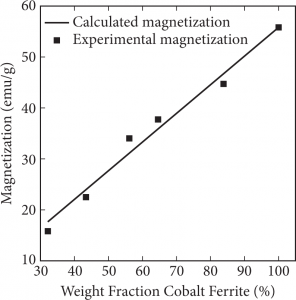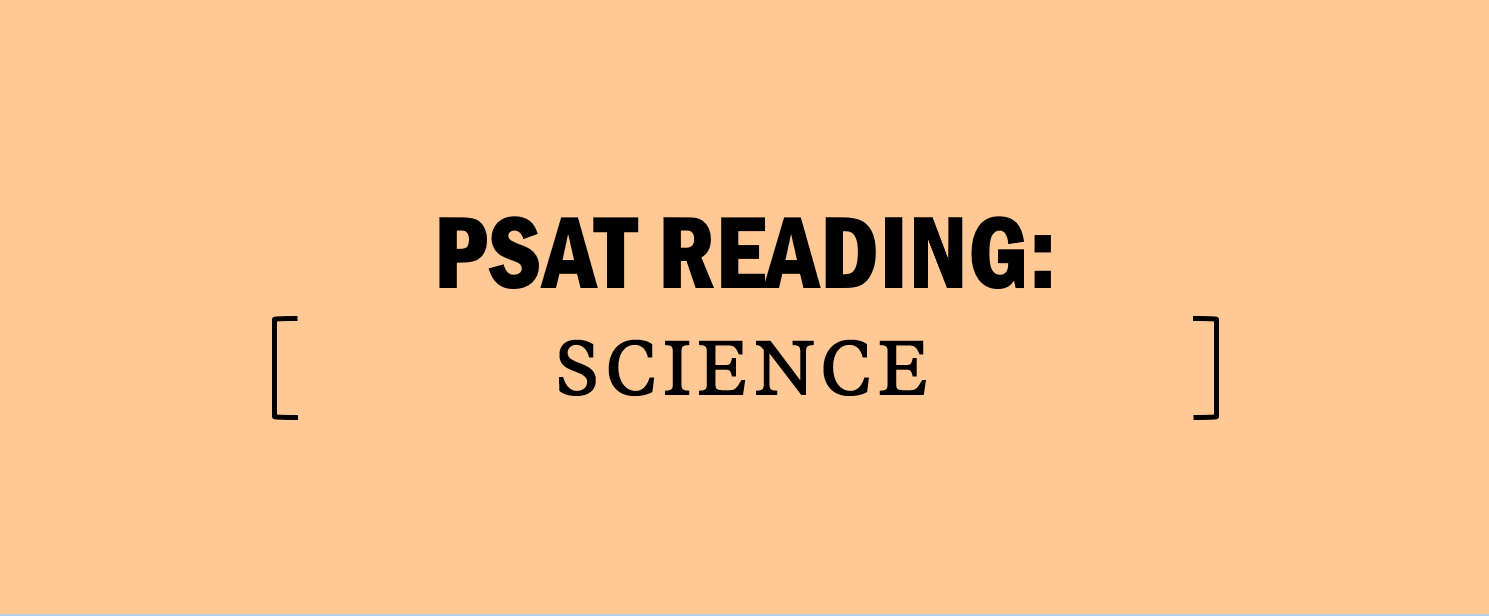PSAT Math Strategies and Linear Equations
Because the PSAT is a standardized test, students who approach each question in a consistent way will be rewarded on Test Day. Applying the same basic steps to every PSAT math question—whether it asks you about geometry, algebra, or even trigonometry—will help you avoid minor mistakes as well as tempting wrong answer choices.
The Kaplan Method for PSAT Math
Use the Kaplan Method for Math for every math question on the PSAT. Its steps are applicable to every situation and reflect the best test-taking practices.
The Kaplan Method for Math has three steps:
Step 1: Read the question, identifying and organizing important information as you go
Step 2: Choose the best strategy to answer the question
Step 3: Check that you answered the right question
Let’s examine each of these steps in more detail.
Step #1
Read the Question, Identifying and Organizing Important Information
This means:
- What information am I given?
Take a few seconds to jot down the information you are given and try to group similar items together.
- Separate the question from the context.
Word problems may include information that is unnecessary to solve the question. Feel free to discard any unnecessary information.
- How are the answer choices different?
Reading answer choices carefully can help you spot the most efficient way to solve a multiple-choice math question. If the answer choices are decimals, then painstakingly rewriting your final answer as a simplified fraction is a waste of time; you can just use your calculator instead.
- Should I label or draw a diagram?
If the question describes a shape or figure but doesn’t provide one, sketch a diagram so you can see the shape or figure and add notes to it. If a figure is provided, take a few seconds to label it with information from the question.
Step #2
Choose the Best Strategy to Answer the Question
- Look for patterns.
Every PSAT math question can be solved in a variety of ways, but not all strategies are created equally. To finish all of the questions, you’ll need to solve questions as efficiently as possible. If you find yourself about to do time-consuming math, take a moment to look for time-saving shortcuts.
- Pick numbers or use straightforward math.
While you can always solve a PSAT math question with what you’ve learned in school, doing so won’t always be the fastest way. On questions that describe relationships between numbers (such as percentages) but don’t actually use numbers, you can often save time on Test Day by using techniques such as Picking Numbers instead of straightforward math.
Step #3
Check That You Answered the Right Question
When you get the final answer, resist the urge to immediately select in the answer. Take a moment to:
- Review the question stem
- Check units of measurement
- Double-check your work
The PSAT will often ask you for quantities such as x + 1 or the product of x and y. Be careful on these questions! They often include tempting answer choices that correspond to the values of x or y individually. There’s no partial credit on the PSAT, so take a moment at the end of every question to make sure you’re answering the right question.
Linear Equations on the PSAT
Linear equations and linear graphs are some of the most common elements on the PSAT Math Test. They can be used to model relationships and changes such as those concerning time, temperature, or population.
The graphs of these equations are as important as the equations themselves. The graphs you will see most are either linear or lines of best fit.
A sample graph is shown:
When working with a graph like this, you may not know anything about magnetization or cobalt ferrite, but you do see a graph with a straight line on it. That straight line is your clue that you’re dealing with a linear equation.
Being able to work with, understand, and interpret linear equations will make up a substantial part of your Math score. With practice, you’ll be ready to tackle linear equations in whatever form you encounter them on the test.
PSAT Math Practice Question: Linear Equations
Many students inadvertently switch on “math autopilot” when solving linear equations, automatically running through the same set of steps on every equation without looking for the best way to solve the question.
On the PSAT, however, every second counts. You will want to use the most efficient strategy for solving questions. To see this in action, take a look at the following example:
The following shows Kaplan’s strategic thinking, along with suggested math scratchwork. Keeping your notes organized is critical for success on the PSAT, so start practicing now setting up well-organized sratchwork.
Step 1: Read the question, identifying and organizing important information as you go.
This question is straightforward: You’re being asked to solve the equation and find the correct value of x.
1/2 (3x + 17) = 1/6 (8x -10)
Step 2: Choose the best strategy to answer the question.
Should you distribute those fractions first, or is there a faster way to solve?
By multiplying both sides of the equation by 6, you make the equation much simpler. Finish by using the distributive property, collecting like terms, and solving for x.
6 [ 1/2 (3x + 17) = 1/6 (8x – 10) ]
3(3x +17) = 8x – 10
9x + 51 = 8x – 10
x = -61
Step 3: Check that you answered the right question.
You found the value of x, and it matches (A)
x = -61
You could have approached a question like this in many ways, but remember, the goal is to get the correct answer quickly. The faster you solve algebraic equations, the more time you’ll be able to devote to challenging questions, setting you up to earn more points on Test Day.
< Previous: Math Lessons Home








